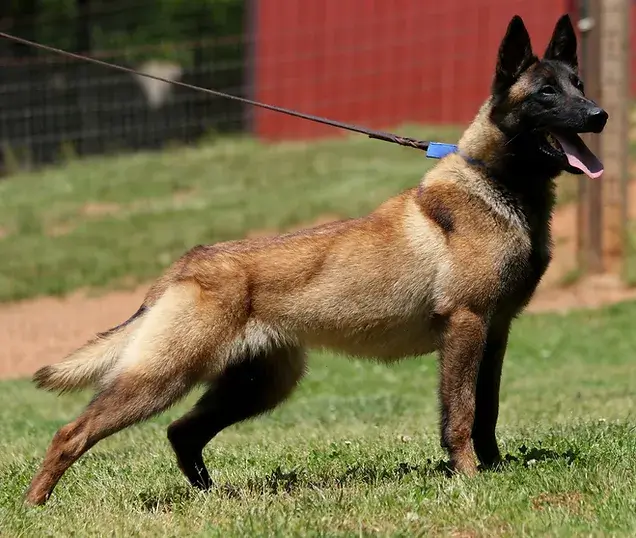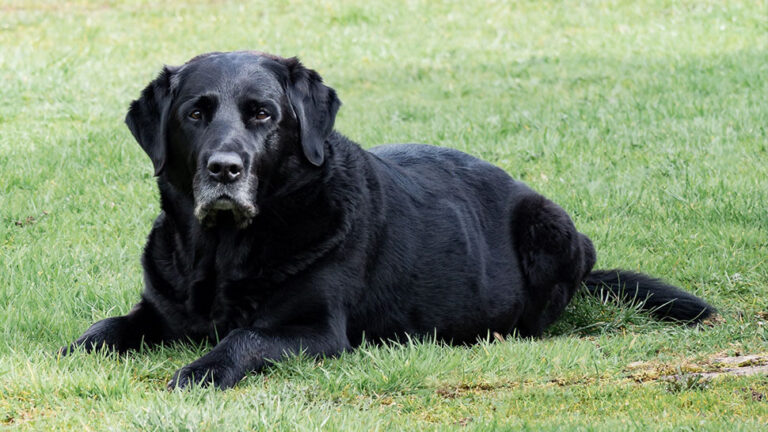How Aggressive Are Belgian Malinois? Breed Facts & FAQ
The Belgian Malinois is a breed known for its intelligence, energy, and versatility. As with any dog breed, understanding their temperament is crucial for potential owners. In this comprehensive guide, we delve into the aggression levels of Belgian Malinois, offering insights based on expert knowledge, real-life experiences, and recent research. Our goal is to provide you with a balanced and thorough understanding of this dynamic breed.
Contents
- 1 Overview of the Belgian Malinois Breed
- 2 Origin and Purpose of the Belgian Malinois
- 3 Understanding Aggression in Belgian Malinois
- 4 Comparing Aggression Levels: Belgian Malinois vs. Other Breeds
- 5 Training and Socialization to Manage Aggression
- 6 Signs of Aggression in Belgian Malinois
- 7 Health Issues and Aggression
Overview of the Belgian Malinois Breed
The Belgian Malinois is one of four Belgian herding breeds, alongside the Belgian Tervuren, Belgian Sheepdog, and Belgian Laekenois. Originating in Belgium, this breed was initially developed for herding and protection tasks. Known for its agility and keen senses, the Belgian Malinois has found success in a variety of roles, including police work, search and rescue, and military service.
Origin and Purpose of the Belgian Malinois
Historically, Belgian Malinois were bred to be versatile working dogs, capable of performing a wide range of tasks. Their primary role was herding livestock, but their exceptional trainability and drive made them ideal candidates for various specialized tasks. This background contributes significantly to their behavior and temperament.
Understanding Aggression in Belgian Malinois

Common Behavioral Traits of Belgian Malinois
Belgian Malinois are known for their high energy levels, strong work ethic, and intelligence. These traits can sometimes be misinterpreted as aggression if not properly managed. They are protective and can be reserved with strangers, but this is often a reflection of their guarding instincts rather than true aggression.
Factors Influencing Aggression in Belgian Malinois
Several factors can influence the aggression levels in Belgian Malinois:
- Genetics: While genetics play a role, aggression is not inherently prevalent in the breed. Responsible breeding practices aim to minimize aggressive tendencies.
- Environment: A lack of socialization or exposure to new experiences can lead to fearful or defensive behavior.
- Training: Proper training and consistent discipline are essential to managing and mitigating aggressive behaviors.
- Health: Undiagnosed health issues or discomfort can sometimes manifest as aggression. Regular veterinary check-ups are crucial.
Comparing Aggression Levels: Belgian Malinois vs. Other Breeds
Belgian Malinois Compared to German Shepherds
Belgian Malinois and German Shepherds are often compared due to their similar roles in police and military work. Both breeds are intelligent and protective, but Belgian Malinois are generally more energetic and have a higher prey drive. German Shepherds may exhibit a more balanced temperament with a stronger focus on family protection.
Belgian Malinois Compared to Belgian Sheepdogs
Belgian Sheepdogs are similar in appearance and background but tend to be less intense than Belgian Malinois. While Belgian Malinois are known for their drive and work ethic, Belgian Sheepdogs are more likely to be adaptable and less prone to high levels of aggression, making them somewhat easier to manage for families.
Training and Socialization to Manage Aggression
Early Socialization Techniques
Socialization is crucial for Belgian Malinois. Early exposure to various people, environments, and other animals can help them develop into well-rounded adults. Puppy classes and controlled social interactions are beneficial for teaching them appropriate behaviors and reducing fear-based aggression.
Training Tips for Reducing Aggressive Behaviors
- Positive Reinforcement: Use rewards-based training to reinforce desirable behaviors. This method builds trust and encourages positive interactions.
- Consistency: Maintain a consistent training routine and rules to prevent confusion and behavioral issues.
- Professional Guidance: For persistent or severe aggression, consulting a professional dog trainer or behaviorist is recommended.
Signs of Aggression in Belgian Malinois
Recognizing Warning Signs
Common signs of aggression in Belgian Malinois include growling, barking, snapping, and a rigid body posture. Early recognition of these signs can help prevent escalation and allow for timely intervention.
How to Respond to Aggressive Behavior
Responding to aggressive behavior requires calm and assertive management. Avoid physical punishment, as it can exacerbate aggression. Instead, redirect the dog’s attention to positive activities and seek professional help if needed.
Health Issues and Aggression
Potential Medical Causes of Aggression
Certain health issues can contribute to aggression, including pain, neurological disorders, or hormonal imbalances. Ensuring regular veterinary check-ups and addressing any health concerns promptly can help mitigate aggression related to medical conditions.
Impact of Pain or Discomfort on Aggression
Pain or discomfort can lead to irritability and aggressive behavior. If a Belgian Malinois displays sudden changes in behavior, a thorough veterinary examination is essential to rule out underlying health issues.
FAQs
Are Belgian Malinois considered aggressive?
Belgian Malinois are not inherently aggressive. They can display protective or defensive behaviors due to their guarding instincts, but with proper training and socialization, they can be well-adjusted and friendly.
Can a Belgian Malinois be a good family dog?
Yes, Belgian Malinois can make excellent family pets, especially for active families who can meet their exercise and mental stimulation needs. Their loyalty and intelligence can make them great companions.
What is rage syndrome in Malinois?
Rage syndrome is a rare condition where a dog displays sudden and uncontrollable aggression. It is believed to be linked to neurological issues and requires veterinary intervention and management.
Does Belgian Malinois have a strong bite?
Belgian Malinois have a strong bite force relative to their size. This trait, combined with their drive and tenacity, makes them effective in their working roles but manageable with proper training.
Conclusion
Belgian Malinois are a breed with a unique blend of traits that can sometimes be misconstrued as aggression. Understanding their behavior, providing early socialization, and maintaining consistent training can help manage and reduce any aggressive tendencies. With the right care and attention, Belgian Malinois can be loyal, loving, and highly effective companions in various roles.
- Are Rottweilers Good With Kids? Reasons & Training Tips - 17 September 2025
- How Long Are Dogs Pregnant: Complete Guide - 16 September 2025
- German Shepherd Doberman Mix: Info, Pictures, Care & More - 11 September 2025







